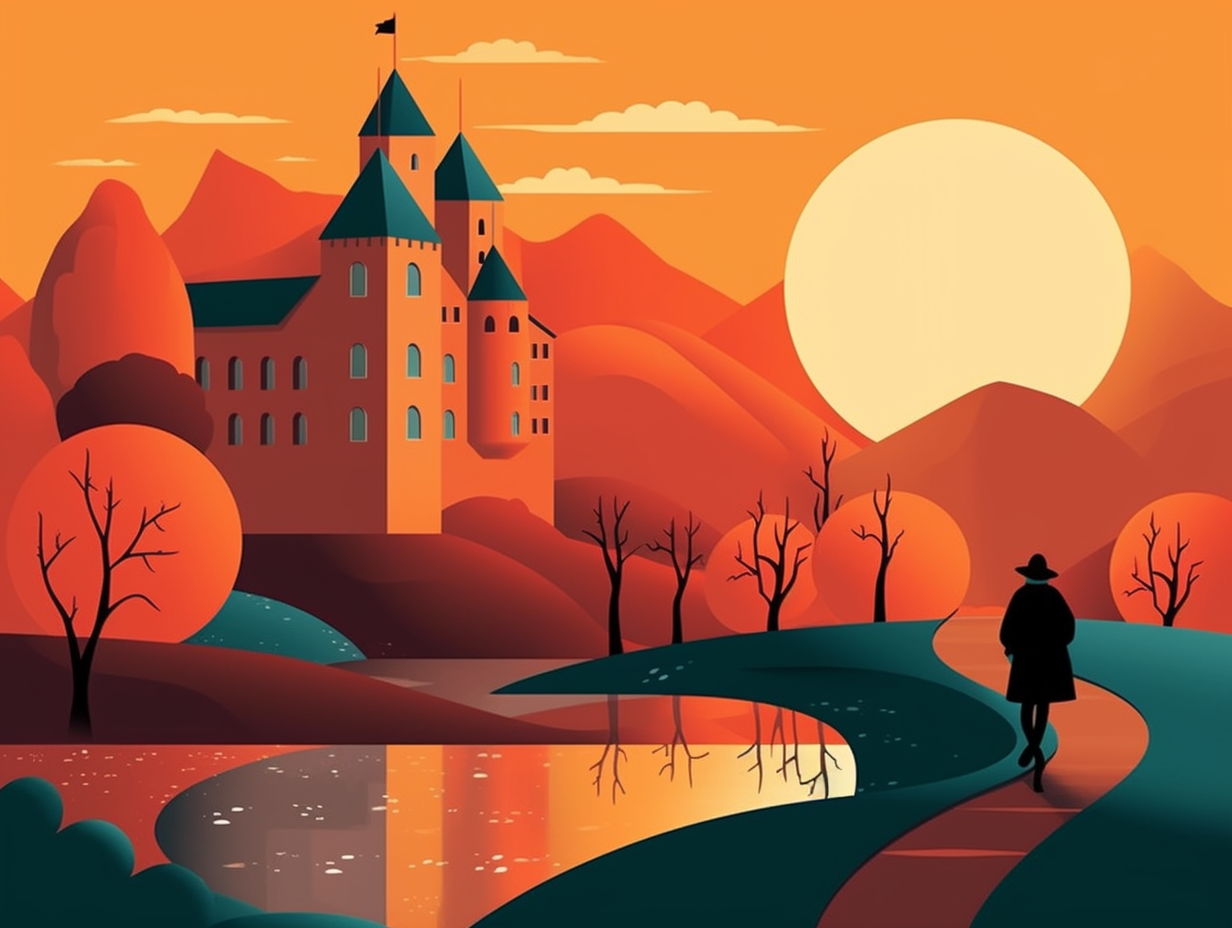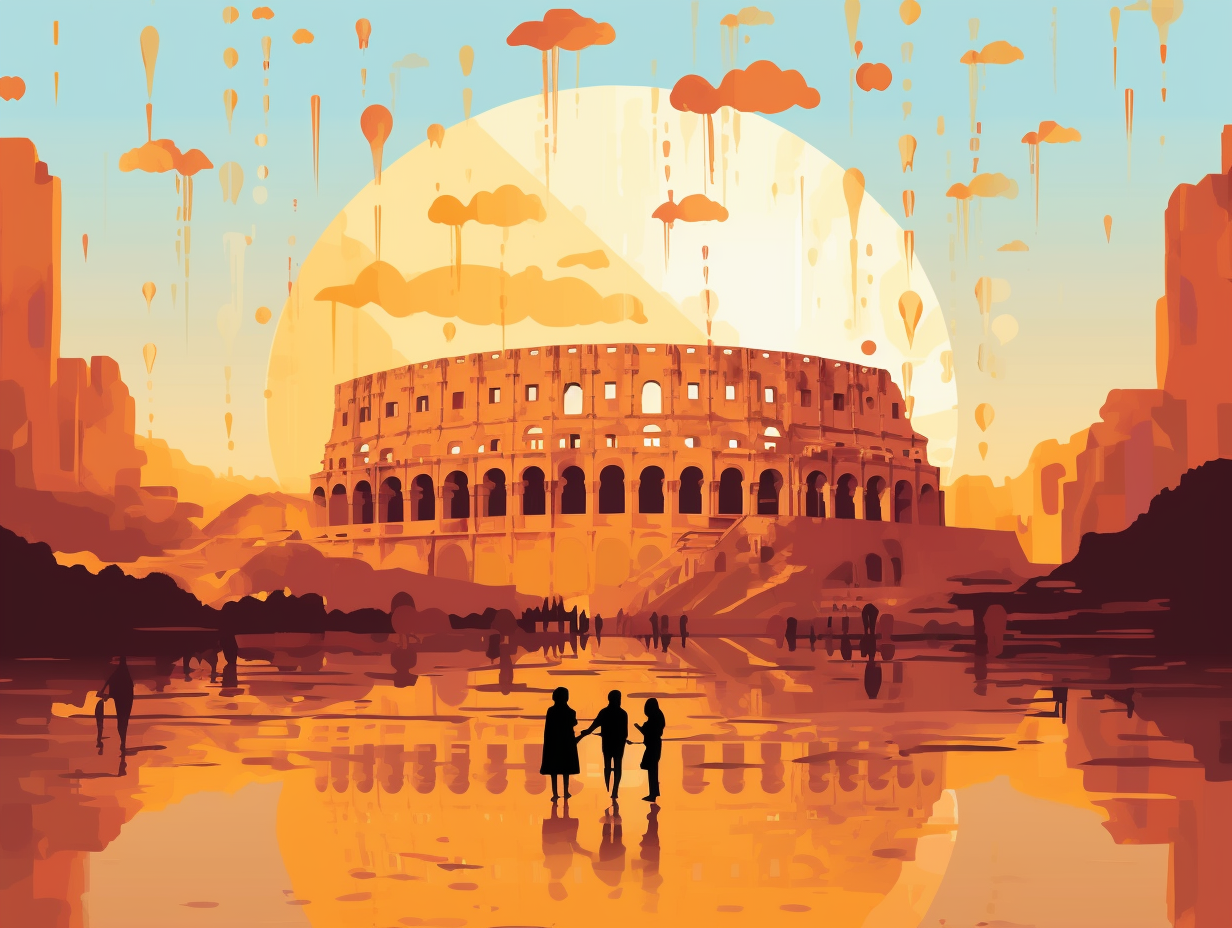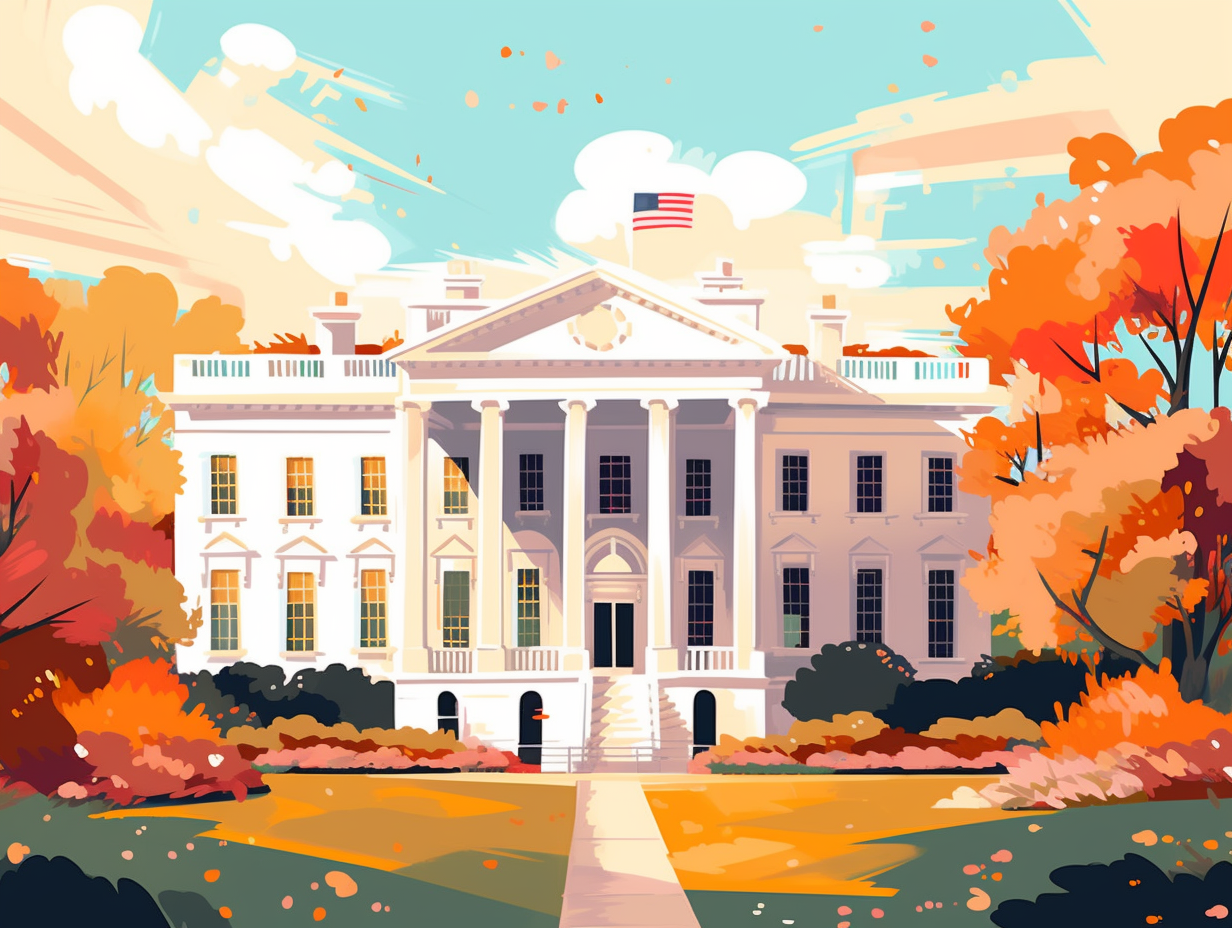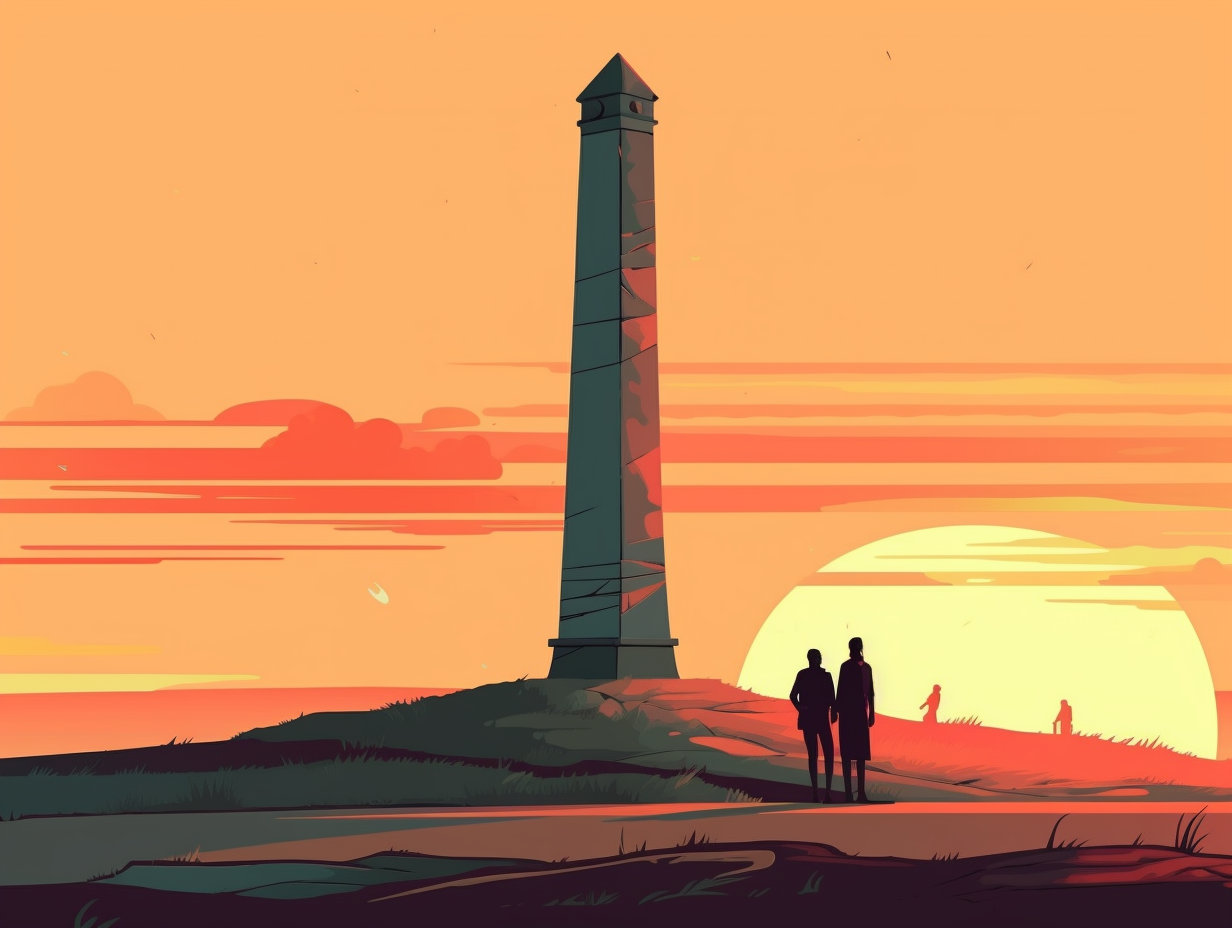Discover the Secrets: Top 7 Fun Facts About Les Invalides in Paris You Never Knew!
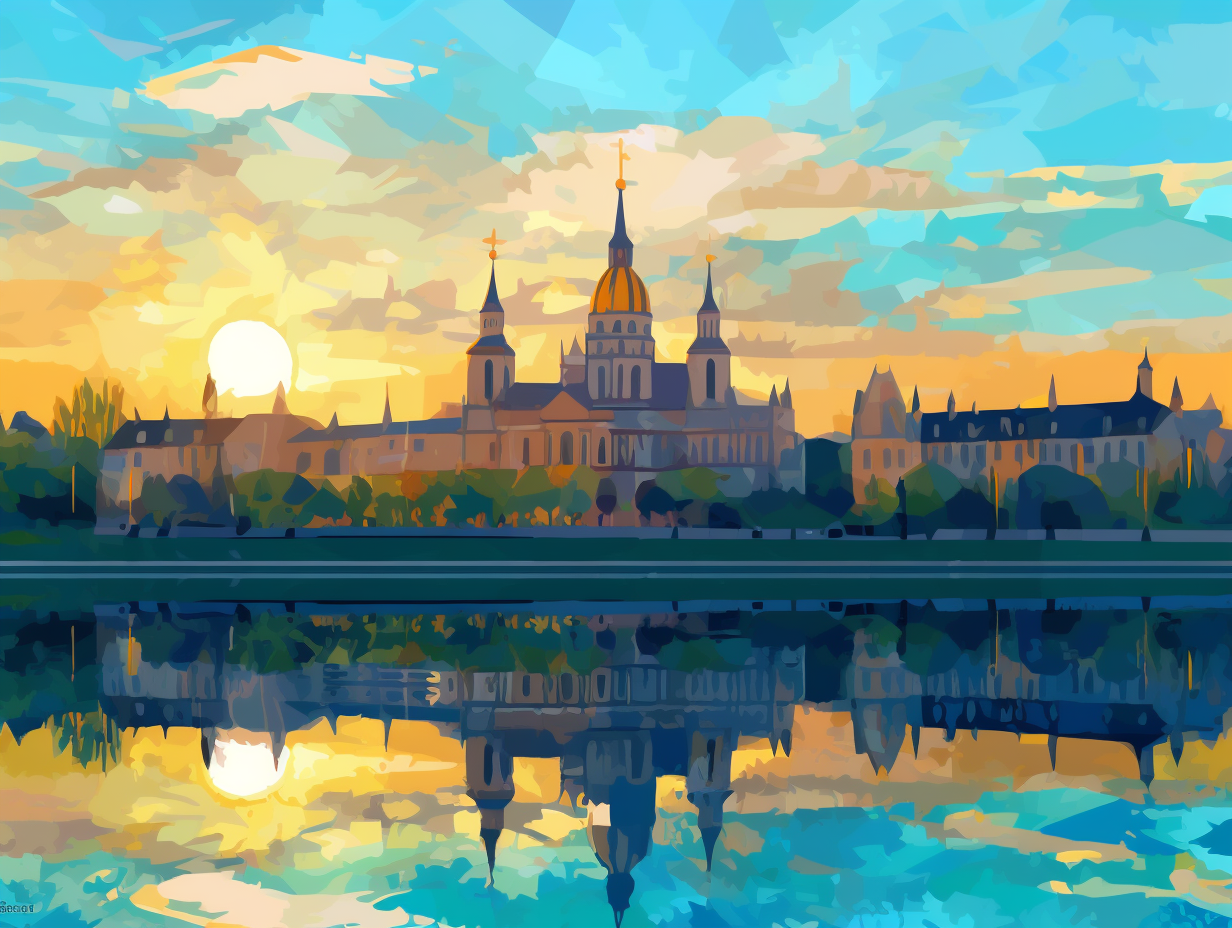
1. Swiss Army Knife of the French Military
Who needs a Swiss Army knife when you have Les Invalides, the all-in-one mega complex for the French military? It catered to the weary and wounded, spiritually starved, and those with a flair for art: In reality, Les Invalides was not only a hospital but also a hospice, barracks, convent, and manufacturing center for shoes, tapestries, and illuminated books, providing unique services and accommodations to soldiers since it was commissioned by Louis XIV in 1670.
Source => musee-armee.fr
2. Paris' Original Skyline Star
Before the Eiffel Tower swooped in with its sky-piercing charms, there was a little gold-domed fella stealing hearts and dwarfing Paris: Les Invalides Dome Church not only played humble abode to Napoleon's grand tomb but also held the title of tallest building in the City of Love for quite a spell. Turns out, it was all thanks to architect Jules Hardouin-Mansart's high-reaching plans for the joint commissioned by Louis XIV – oddly enough, Napoleon's sarcophagus weight has nothing to do with the crown.
Source => musee-armee.fr

Did you know the Eiffel Tower is quite the fashionista? Discover its colorful history and unique gradient design that keeps it looking chic every seven years. 🎨🗼
=> Fun Facts about The-Eiffel-Tower
3. Fashionably Late Funeral
Did you hear about the time Napoleon rocked up fashionably late to his own funeral? You could say he took a "Nap" in the meantime: Napoleon Bonaparte's colossal sarcophagus, made of red quartzite and resting on a green granite base, was finally placed in Les Invalides' majestic Dome church in 1861, nearly two decades after the great general's death.
Source => en.wikipedia.org
4. Perfect Pitstop for Military History Buffs
If you're ever in Paris and have a Napoleon complex, or just need a break from trying escargot and painfully translating your high school French, we've got a grand place for you: Les Invalides is an impressive French Baroque building, standing at 107 meters tall, featuring museums, a hospital, retirement home for war veterans, and even Napoleon Bonaparte's tomb in the Dôme des Invalides. The complex makes for a fantastic dive into France's military history with displays at the Musée de l'Armée, Musée des Plans-Reliefs, and Musée d'Histoire Contemporaine.
Source => en.wikipedia.org
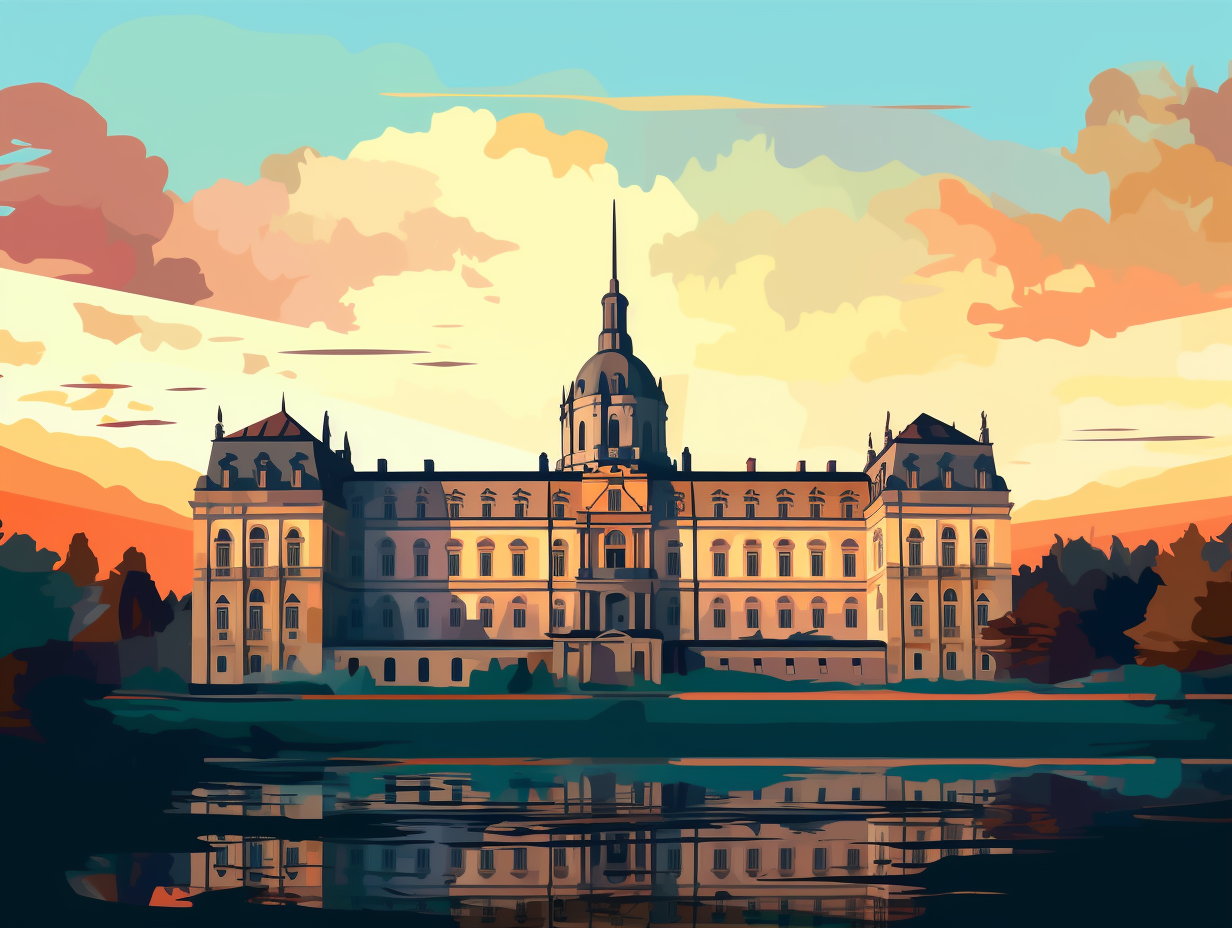
5. Dome Des Invalides Gets a Makeover
When Napoleon's remains were "Bound for Bonaparte's Glory" (Rest-in-Pieces, Volume III), they had to face a monumental challenge - literally: The Dome des Invalides, originally unfit for an emperor, had to be renovated, excavated, and redesigned to accommodate his grand tomb. Transformative architect Visconti stepped up to "seize the mausoleum-ent": In 1861, the imperial tomb was finally laid to rest within the revamped dome, rendering a striking tribute to one of France's most iconic leaders.
Source => musee-armee.fr
6. Napoleon's Nesting Coffins
You might say Napoleon wasn't one to settle for just one cozy blanket on a cold night—oh, no, he needed a Russian doll style nesting situation for his eternal slumber: At Les Invalides, the sarcophagus of Napoleon Bonaparte is safeguarded by five nested coffins, each made of distinct materials, including soft iron, mahogany, lead, ebony, and an outermost red porphyry coffin weighing over 110 tons!
Source => napoleon.org
7. French Inspiration, British Adaptation
In a battle of French inspiration versus British adaptation, we have a clear architecture-off between Les Invalides and London's Royal Hospital Chelsea: Les Invalides served as the blueprint for the Royal Hospital Chelsea, designed by none other than Christopher Wren. While the original plan featured one quadrangle for 412 veterans and their officers, Wren upped the ante with two more quadrangles before construction began in 1686. The hospital officially kicked off in 1692 with funding from army pay deductions, but since 1847, its finances have come from a Ministry of Defence 'Grant-in-Aid' and a small income from the Army Prize Money and Legacy Fund.
Source => chelsea-pensioners.co.uk
Related Fun Facts






